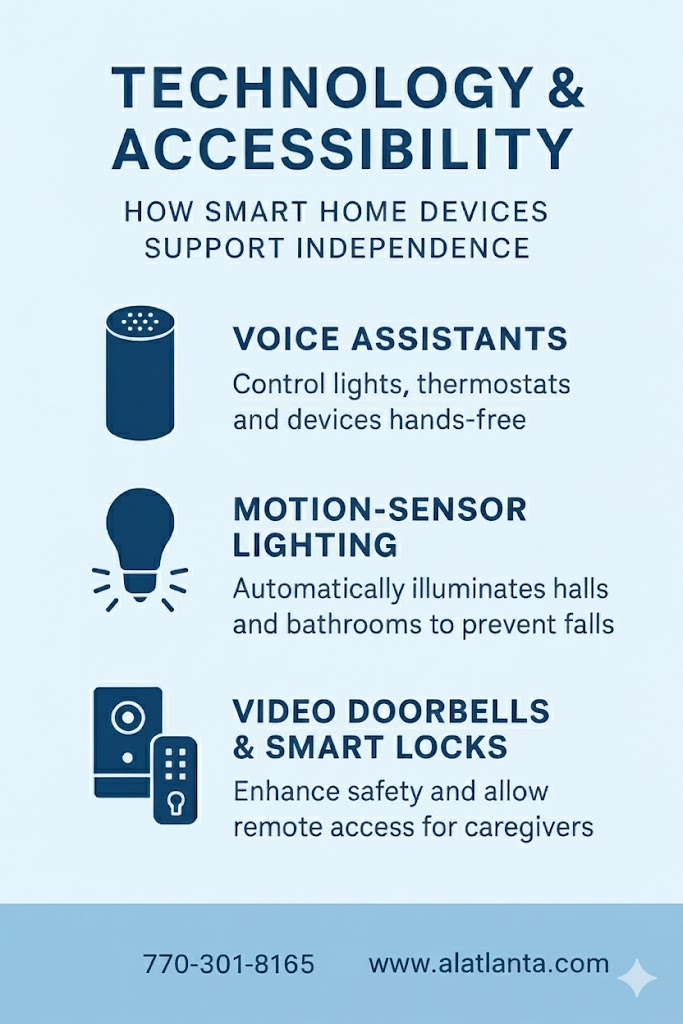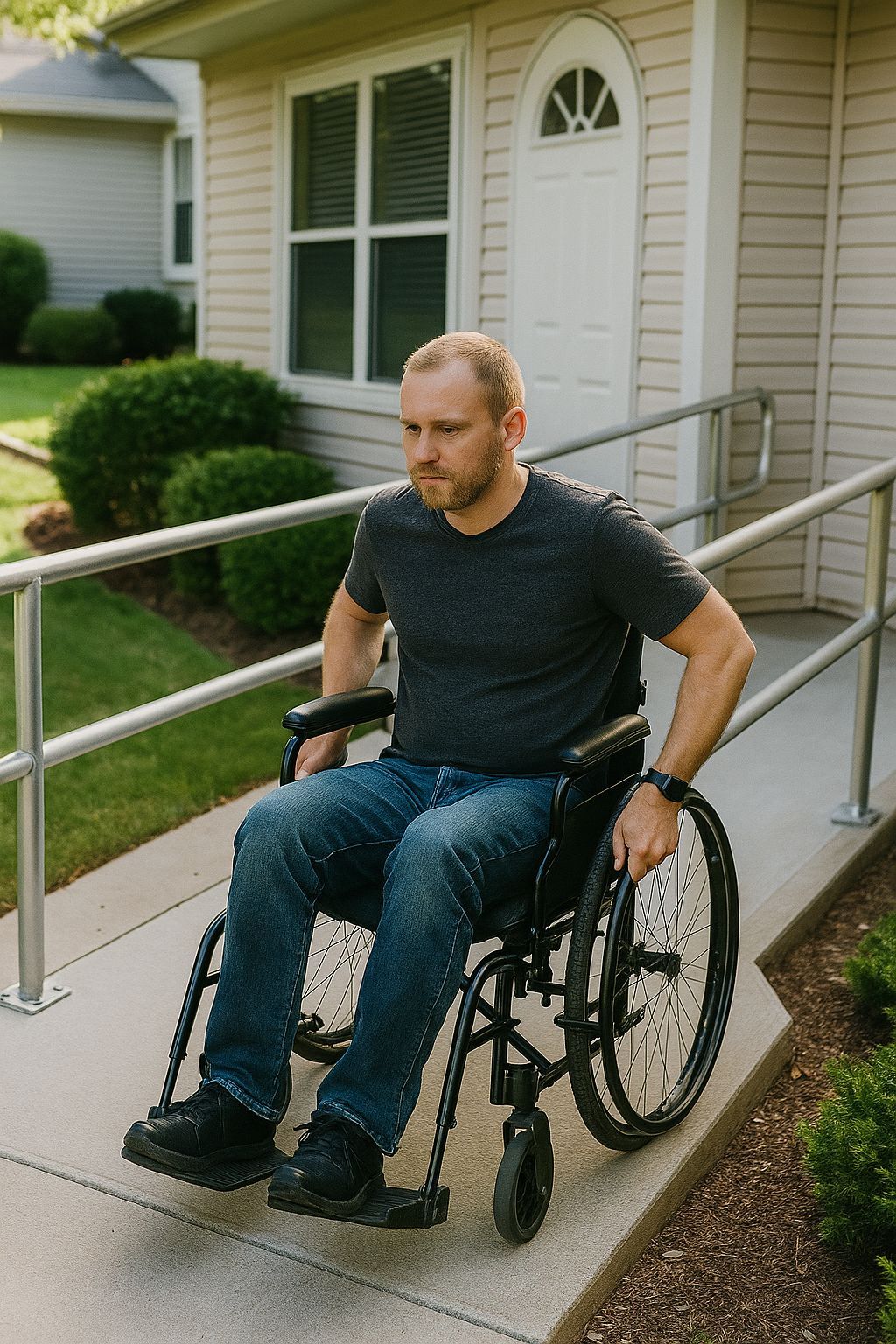8 Ways to Keep From Going Broke in Retirement
No matter how diligently you’ve been saving for retirement, it’s hard not to worry about outliving your money. But you can take several steps to contain your expenses, manage your nest egg and invest wisely to help keep your savings from running dry.
1. Be realistic about expenses
“A lot of people are not honest with themselves about how much they will spend in retirement,” says Linda Bentley Gillespie, founder of Real World Financial Planning in Newton, Massachusetts.
To get a general estimate, add up your regular expenses, like rent or mortgage payments, utilities, taxes and insurance, then figure out your variable spending. Sarah Behr, an investment adviser at Simplify Financial Planning in San Francisco, suggests adding up your costs for things like dining out, groceries, gas and vacations over the last six months, and calculating a monthly average. Using a spreadsheet or a budgeting app can also help you track those expenditures.
Be sure to factor in new expenses that might pop up in retirement, and any costs that might go away, Behr says. Will you be traveling more? Will you and your spouse still need two cars if you’re not commuting anymore? Will your mortgage be paid off?
2. See where you can save
Look for ways to reduce spending on the things you don’t really need so you will have enough to do the things you love in retirement.
For example, if your home is becoming too difficult to maintain, consider downsizing. Pay off high-interest debt, like credit cards and auto loans, and shop around for things like cheaper auto insurance. The little things add up, so examine your day-to-day costs as well. Maybe you can cancel one or two of your streaming services, or go out to dinner a few times less a month.
Even if you’ve been frugal over the years, think twice about any big splurges. Retirement may seem like the perfect time to hit the road in an RV or get a boat for your lake house, but big-ticket items like these — and the cost of maintaining them — can dig a deep hole in your savings.
3. Figure out the right withdrawal rate
Once you reach retirement age, odds are good that you’ll live another 20 years or more. You need to find the right balance between drawing down your savings for income and making the money last.
One long-standing rule of thumb is the 4 percent rule, which recommends withdrawing up to 4 percent of your investment portfolio in the first year of retirement, then adjusting the amount for inflation every year after that. So, if you retire with $1 million saved, you could take out $40,000 in the first year. The next year, if the inflation rate is 3 percent, you would withdraw $40,000 plus 3 percent, or $41,200.
A November 2023 Morningstar study found that a retiree following this method at an initial withdrawal rate of 4 percent or less had a 90 percent probability of having funds left after 30 years, assuming a balanced portfolio (such as 40 percent stocks and 60 percent bonds and cash) and returns that follow historical norms.
The 4 percent rule is a good starting point, but it’s important to stay flexible. “No one spends in a straight line,” Behr says, noting that retirees generally spend more at the beginning and the end of retirement, and less in the years in between.
4. Play catch-up
While it’s always best to start saving for retirement when you’re young, it’s never too late for older workers to play catch-up. Starting when you turn 50, the IRS lets you make larger “catch-up contributions” to retirement accounts. Doing so can significantly bulk up your nest egg, says Greg McBride, chief financial analyst at Bankrate.
For 2024, workers under age 50 can put up to $23,000 into a workplace retirement plan such as a 401(k) or 403(b), but those who are 50-plus can contribute up to $30,500. For an individual retirement account (IRA), the standard limit is $7,000, but 50-plus workers can make catch-up contributions of up to $1,000, for a total of $8,000.
5. Be strategic about Social Security
If you can afford to hold off taking Social Security until you reach age 70 (or at least your late 60s), your monthly checks will be appreciably bigger.
Retirement benefits are reduced if you take them before full retirement age (between 66 or 67, depending on the year you were born). That’s when you qualify to claim the full benefit calculated from your lifetime earnings record. If you can delay past that, you get an extra two-thirds of 1 percent per month, or up to 8 percent a year, until you hit 70.
“That is a benefit that is 24 percent higher than if you claim it at age 67,” McBride notes. So, if your full benefit would be $2,000 a month, claiming at 70 makes it $2,480. That’s an extra $5,760 a year (plus cost-of-living adjustments, or COLAs) for life.
6. Stay on top of your investments
When it comes to investing for retirement, you can’t just set it and forget it. “People should, over the course of their life spans, be reevaluating and making adjustments,” says Tyler Bond, research director at the National Institute on Retirement Security, a nonprofit research organization.
The conventional wisdom is that the older you get, the less risk you should take on, because you’ll have less time to recover if the market goes south. This means reducing your exposure to riskier assets, like stocks, in favor of more conservative assets, like bonds or cash.
Target date funds (TDFs), which rebalance your portfolio as you near retirement age, were created to help investors navigate these adjustments. But do your research before investing in one. “Not all target date funds are created the same,” says McBride. “Some are more aggressive, while some are more conservative.”
Also, steer clear of annuities and investment funds that charge high fees, Behr suggests. You can check fees for individual funds on the Financial Industry Regulatory Authority (FINRA) Fund Analyzer, which calculates how much fees and expenses will affect the value of a certain fund over time and allows you to compare the cost of owning different funds.
7. Don’t forget about health care costs
The average 65-year-old will need to devote roughly $165,000 of savings to health care expenses in retirement, according to a 2024 Fidelity study. A couple who are both 65 would need approximately $330,000.
One way to keep these costs from breaking your bank: Don’t retire until you’re eligible to enroll in Medicare at age 65. Staying on your workplace health plan (or your spouse’s) instead of relying on COBRA or buying private coverage could mean significant savings, McBride says.
During your working years, you may also be able to put funds into a tax-advantaged account like a health savings account (HSA). “You get a tax deduction on the money you put in while you’re working, the money grows without being taxed, and, when you withdraw it for health care-related expenses, you don’t pay taxes on the withdrawals,” McBride says.
The drawback to an HSA is that it often requires you to enroll in a high-deductible health plan. “That may be unaffordable for some people, or it may not be offered by your employer,” McBride says.
8. Consider a side hustle
One of the best ways to help ensure your nest egg will last as long as you do is to keep working. But hanging on to a full-time job well into your 60s or 70s is not always realistic, or particularly desirable.
To bring in extra income and let your investments keep growing, consider getting a part-time job doing something you enjoy. Not only will it keep money flowing in; it will also help you stay active and engaged.
If you want even more freedom and flexibility, consider a side hustle, says Robert Holzbach, a fee-only certified financial planner at Red Kennedy Financial in Littleton, Massachusetts. “An extra $10,000 a year can go a long way because you aren’t touching $10,000 in retirement savings, and you’re letting it compound.”
Holzbach suggests a few creative ways to make money, including hosting an exchange student, pet sitting or renting out your home on a site like Vrbo or Airbnb. Plus, you can often deduct the expenses for some of the income you bring in, he says.
“You can visit your grandkids for two weeks, rent out your home, and then you’re getting paid to play with your grandkids,” he says.



